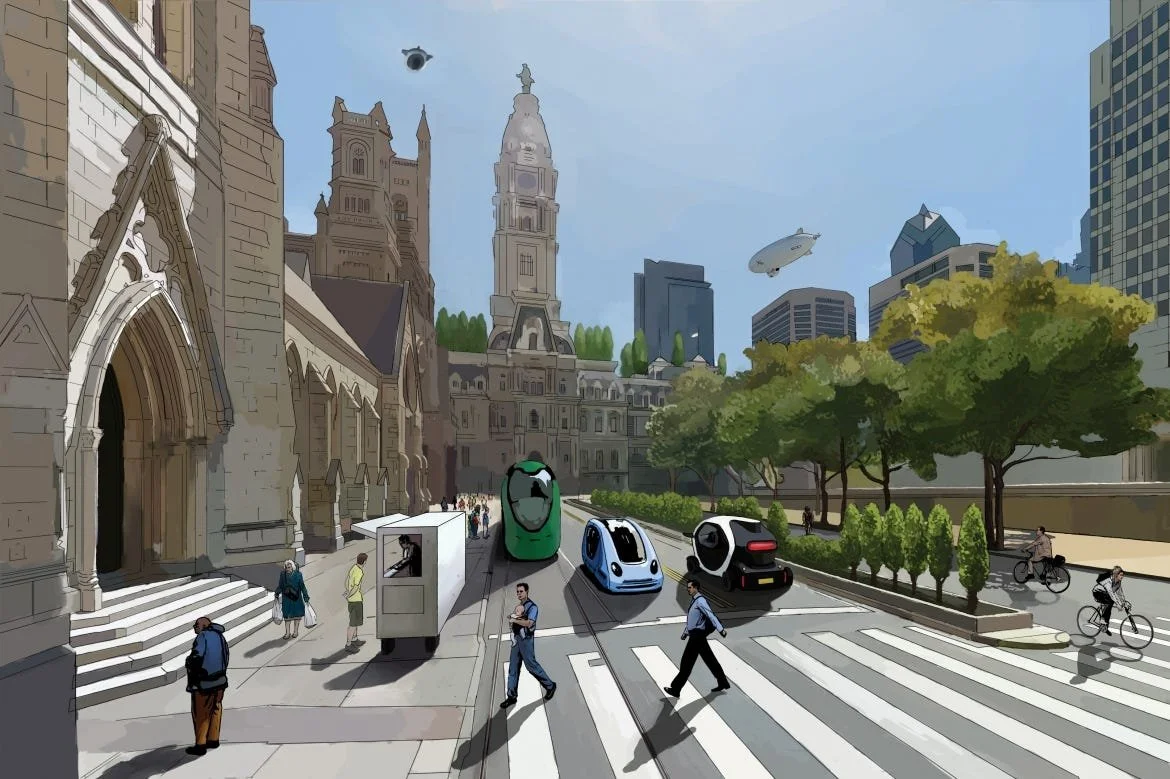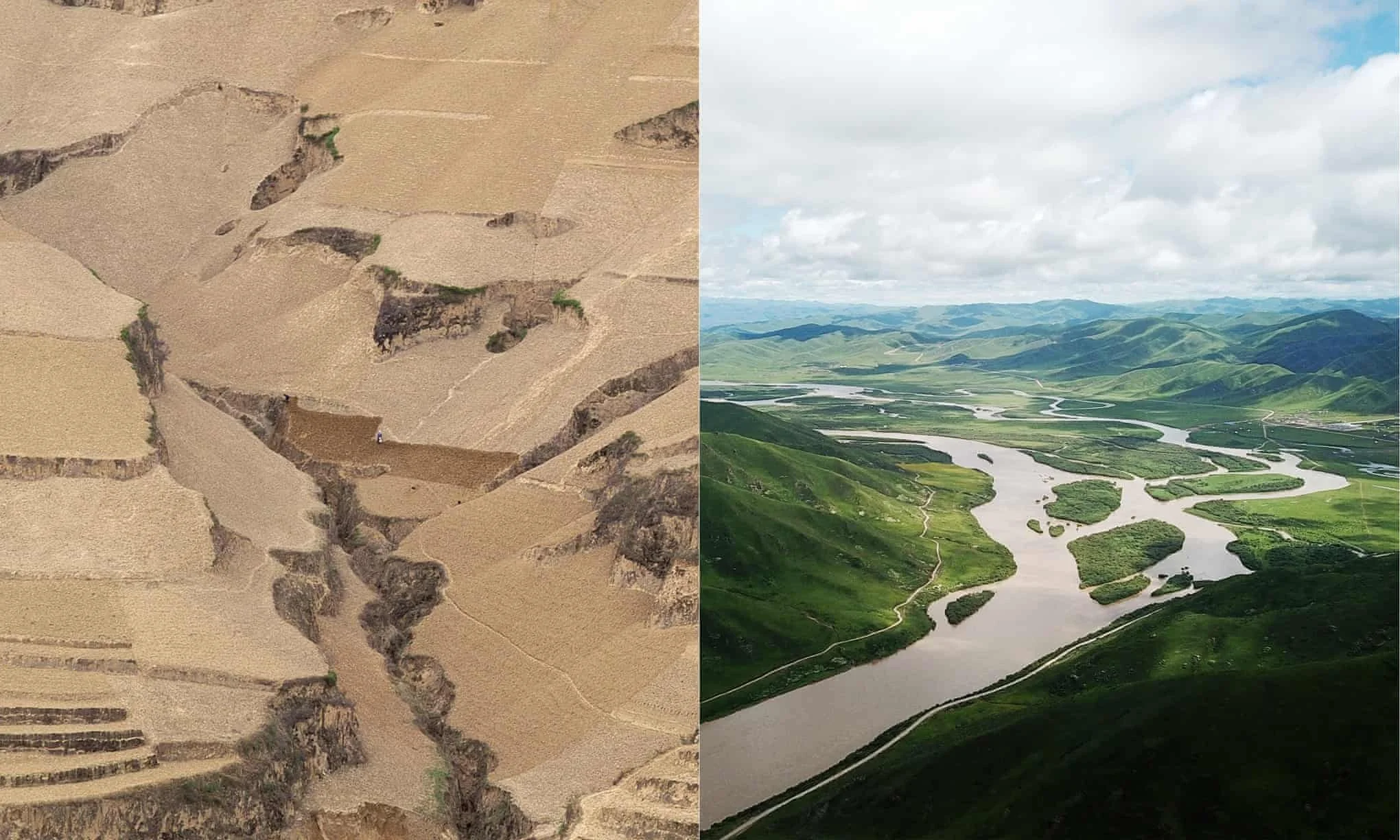The Imagination Crisis
Imagination-boosting hacks and inspiration for a postcarbon world
To avert the climate crisis, we have to imagine what a postcarbon world looks like.
The mixed reports coming out of Cop26 make for pretty depressing reading.
This edition of The Upstream is your antidote, an inspiring glimpse of the postcarbon world and imagination-boosting hacks to get there.
Roger Hallam co-founder of UK climate activists Extinction Rebellion tells the younger generation to “prepare for an anarchic future of indescribable suffering” in his Advice to Young People as They Face Annihilation.
But as Kenan Malik wrote in The Observer “Telling people there’s no future is hardly conducive to getting them to act to change it.”
A Collective Failure of Imagination
Today we’re experiencing a collective failure of imagination to imagine what the postcarbon world could look like.
But in climate change, as in life, it’s hard to take action if you don’t know where you’re trying to get to.
We do know it is a world of less (less emissions, waste, consumption, injustice) but what is there more of? Is it just the same as today but clean? What will it feel like?
As US climate envoy John Kerry said recently, it only took 9 years to get to the moon because we’d spent the last 200 years imagining it.
So we desperately need visions for a post carbon future, visions motivating enough to inspire change and to sustain us during the really hard work that lies ahead.
“It’s literally true that we can’t build what we can’t imagine. The fact that we haven’t compellingly imagined a thriving, dynamic, sustainable world is a major reason we don’t already live in one.” Alex Steffen.
The Postcarbon World Imagined
We must imagine the postcarbon world we want into existence.
Climate Science Fiction - or CliFi - is a good place to start. Imagining a Postcarbon Future (ScienceHistoryInstitute) an excellent piece by Meir Reinde, investigates the climate-friendly worlds from the minds of writers.
But you don’t have to be a fantasist to imagine a postcarbon reality.
This charming, humble and upbeat 2 minute film by Rob Hopkins, author of From What Is to What If looks at an imagined day in the climate-friendly life of 2030.
It helps you see how lots and lots of small changes could help avert the climate crisis, rather than looking for (a very big) silver bullet.
Imagination is also about having vision, literally seeing the non-existent in your mind’s eye. So imagine turning deserts green (The Guardian). The WeatherMakers, a firm of Dutch engineers, are planning to regreen the Sinai desert.
“If anybody doubts that the Sinai can be regreened, then you have to understand that landing on the moon was once thought unrealistic. They didn’t lay out a full, detailed roadmap when they started, but they had the vision. And step by step they made it happen.” Ties van der Hoeven
The Loess plateau, in China, in 2007, left, and transformed into green valleys and productive farmland in 2019. Composite: Rex/Shutterstock/Xinhua/Alamy
Even automakers, those notorious handmaidens of the fossil fuel industry, are busy imagining our transition to the postcarbon world. Working on five to ten year horizons their design concepts will fuel your imagination, like this BMW Circular Concept Car That Falls Apart At the Push of a Button (TAXI).
The doom-laden bad news climate stories we see multiplying every day in our feeds don’t just depress us, they actually have a physiological impact on our ability to imagine.
When we are stressed, anxious, traumatised, isolated, our hippocampus can shrink by as much as 20%, resulting in a contraction in our ability to think hopefully about the future, and in our imaginative capacity.
I’m not a fantasist (mostly). I’m not a technotopian expecting a hashtag fix for climate change.
We know that redirecting global consumer behaviour and redesigning an extractive capitalist system is going to be the hardest thing Humans ever do. But our only hope for achieving it is to imagine the world we want into existence.
Imagination Hacks for a Postcarbon world
That ability to imagine an as yet non-existent future state, to literally create something out of nothing, is the critical faculty for any change agent, visionary leader or top-notch strategist. Here are a few hacks to help you build that muscle.
Feed you imagination daily. Actively search for (and share!) inspiring optimistic postcarbon ideas. There are plenty of people busy raising awareness with the scary stuff. What if your job was to solely look for imaginative solutions?
Find a piece of the future in the present and expand on it. E.g. Take Californian ESG bank Aspiration.com using the power of your wallet to fight the climate crisis. Now what if every retail bank operated like that? Imagine if ‘dirty’ banks were the exception? HOw would that change your feelings about banks, and money?
Imagine the impossible then plot the small steps needed to get there. E.g. Regenerative Cars that actually enrich the planet rather than poison it. How might we take small steps in that direction. Anyone for biodegradable topsoil-fertilising tyres?
If you want more imagination hacks, then check out Stanford Improvisation Expert Dan Klein’s How To Be Imaginative methods (Wikihow).
Imagine Together
If you’ve seen any great examples of postcarbon imagination, or any other pieces of the future that are already with us, please do share and I’ll add them into this post so we can all benefit.
And if you want some imagination boosting, then do drop me a note and lets do it together.



